Table of Contents
The term “green beans” generally refers to the unripe fruits of many common bean (Phaseolus vulgaris) varieties. Different regions have different names for green beans, including French beans, snap beans, and string beans. In world cuisines, green beans are baked, boiled, pickled, roasted, steamed, and stir-fried with other ingredients.
Growing green beans in your home garden gives you access to beneficial nutrients like beta-carotene, calcium, fiber, and vitamins C and K.
Common Green Bean Types
Different types of green beans can be found in most grocery stores. Some varieties require special cooking methods and growing conditions.
Let’s take a look at the diverse world of green beans, starting with bush and pole green types.
Heirloom and Hybrid Green Bean
Heirloom green beans are ideal for seed saving. These varieties are true to seed; free from cross-breeding for at least 40 to 50 years. You can expect the same traits from the parent plant once the heirloom seeds are sown and grown. Heirloom seeds are usually passed down from generation to generation in ethnic, family, or religious units within a geographic region.
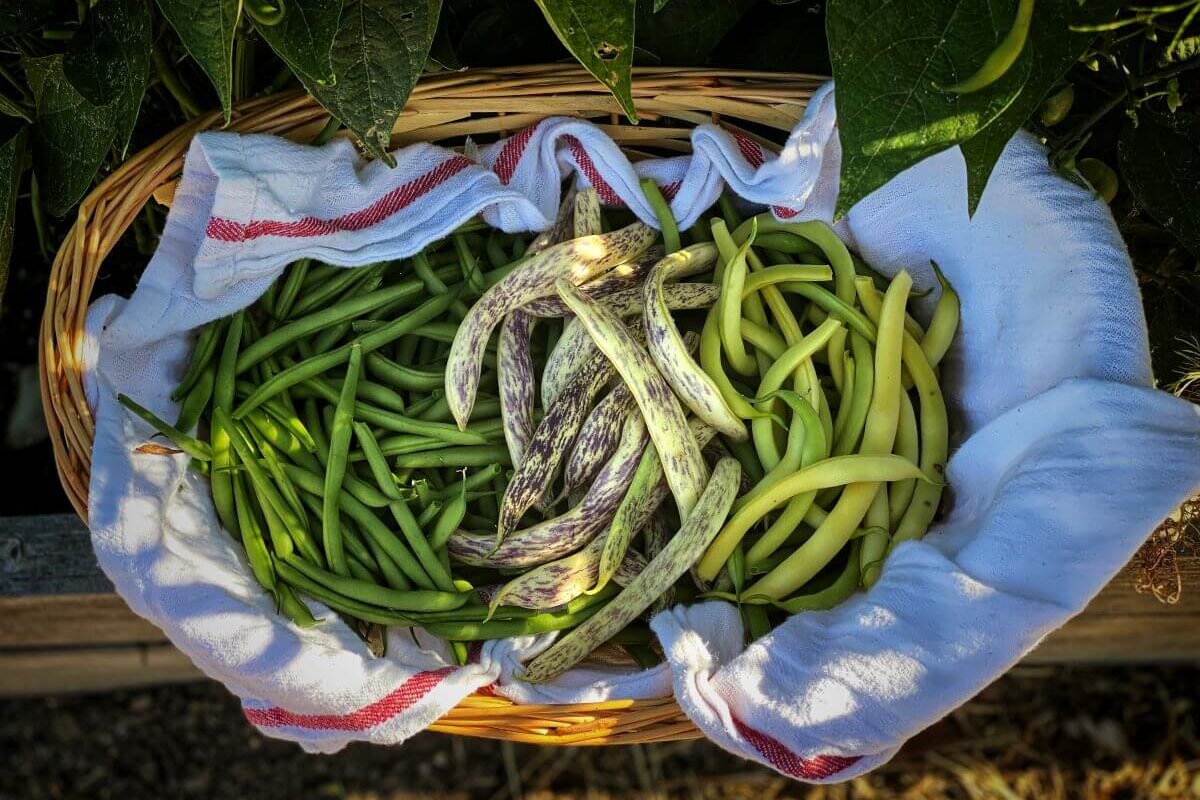
However, some gardeners and homesteaders find heirloom less preferred because of their susceptibility to disease and pest problems.
Hybrid plant types were innovated to address these problems. Through deliberate and manual cross-breeding, hybrid green beans can be refined for improved growth, resistance, and yield. These upgrades make hybrid varieties more suitable for large scale production. Other characteristics of flavor, and texture can be put into the resulting hybrid, but without producing a permanent seed line.
Bush and Pole Beans
Green beans are classified by two growth habits.
Bush green beans are characterized by their bushy and compact plant structure. At best, bush beans can grow up to 2 feet tall. If you have a limited garden space, consider bush bean varieties as they can be planted close to each other. In addition, these varieties do not need a cage, trellis, or any other plant support to grow efficiently.
On the one hand, pole beans (also called runner beans) are climbing or vining green bean cultivars that need structural support to thrive. These varieties can grow anywhere between 6 to 10 feet in height, requiring a spacious garden.
In terms of production, pole beans are better than bush varieties. According to the horticulture specialist Aaron Steil from Iowa State University, pole beans tend to yield more green beans due to their larger size. Under ideal conditions, you can get anywhere between 4 to 5 pounds of green beans from pole varieties.
Bush beans grow their produce all at once, while pole beans do gradually in an extended period. Some gardeners opt to plant bush bean varieties every 2 to 3 weeks to get nonstop harvest during the growing season.
Continue below for an extensive list of both bush and pole bean varieties.
Other Popular Green Bean Groupings
Apart from their growth habit, green beans can be classified according to other innate characteristics of color, flavor, and texture.
Types of Bean Pod Colors
Pod colors in beans are not limited to green. For example, wax or yellow beans lack chlorophyll, giving them a pale, yellow tinge.
| Bean Pod Colors | Common Examples (Where to Buy) |
|---|---|
| Green Bean Pods | Blue Lake Bush 274 (Eden Brothers, Territorial Seed Company, True Leaf Market, Rare Seeds) Contender (True Leaf Market) Kentucky Blue (Territorial Seed Company, True Leaf Market) Kentucky Wonder (Territorial Seed Company, True Leaf Market) Jade (Territorial Seed Company, True Leaf Market, Rare Seeds) |
| Purple Bean Pods | Celine (Territorial Seed Company) Purple Queen Bush (True Leaf Market) Purple Teepee (Rare Seed) Romano Purpiat (Territorial Seed Company) Royal Burgundy (Eden Brothers, Territorial Seed Company, True Leaf Market) |
| Yellow Bean Pods | Beurre de Rocquencourt (Rare Seeds) Borsalino (Territorial Seed Company) Cherokee (True Leaf Market) Gold Rush (Territorial Seed Company, True Leaf Market) Golden Gate (Territorial Seed Company) |
Types of Green Bean Flavors
Growing your own green beans at home introduces you to an array of flavors. Some varieties are sweeter than others.
| Green Bean Flavors | Common Examples (Where to Buy) |
|---|---|
| Creamy/Fresh Green Beans | Blue Lake Pole FM1K (Territorial Seed Company, True Leaf Market) Contender (True Leaf Market) Kentucky Wonder (Territorial Seed Company, True Leaf Market) Scarlet Emperor or Scarlet Runner (Territorial Seed Company, True Leaf Market) Wyatt (Territorial Seed Company) |
| Sweet Green Beans | Hickok (Territorial Seed Company Magnum (Territorial Seed Company) Provider (Territorial Seed Company, True Leaf Market) Purple Queen Bush (True Leaf Market) Roma II (True Leaf Market) |
Types of Green Bean Textures
The firm texture of green beans tends to mellow down after cooking. Tender beans tend to be more suitable for long cooking, while crisp beans are ideal for fresh eating or light sauté.
| Green Bean Textures | Common Examples (Where to Buy) |
|---|---|
| Crisp Beans | Gold Rush (Territorial Seed Company, True Leaf Market) Limka (Territorial Seed Company) Royal Burgundy (Eden Brothers, Territorial Seed Company, True Leaf Market) Top Notch Golden Wax (True Leaf Market) Wyatt (Territorial Seed Company) |
| Tender Beans | Borsalino (Territorial Seed Company) Capitano (Territorial Seed Company) Lady Di (Territorial Seed Company) Musica (Territorial Seed Company) Kentucky Wonder (Territorial Seed Company, True Leaf Market) |
Types of Green Bean Growth Habits
Before planting, it’s best to get familiar with the two major growth habits among green bean varieties.
| Green Bean Growth Habits | Common Examples (Where to Buy) |
|---|---|
| Bush Beans | Blue Lake Bush 274 (Eden Brothers, Territorial Seed Company, True Leaf Market, Rare Seeds) Greencrop Bush (True Leaf Market) Provider (Territorial Seed Company, True Leaf Market) Slenderette (True Leaf Market) Strike (True Leaf Market) |
| Pole Beans | Blue Lake Pole FM1K (Territorial Seed Company, True Leaf Market) Helda (Territorial Seed Company) Kentucky Blue (Territorial Seed Company, True Leaf Market) Kentucky Wonder (Territorial Seed Company, True Leaf Market) Scarlet Emperor or Scarlet Runner (Territorial Seed Company, True Leaf Market) |
Types of Geographic Origins
Green beans are believed to have originated from Central and South America.
| Geographic Origins | Common Examples (Where to Buy) |
|---|---|
| European and Mediterranean Green Beans | Beurre de Rocquencourt (Rare Seeds) Blauhilde (Rare Seeds) Calima (Rare Seeds) Capitano (Territorial Seed Company) Dragon Tongue (Territorial Seed Company, Rare Seeds) |
| Central and North American Green Beans | Blue Lake Bush 274 (Eden Brothers, Territorial Seed Company, True Leaf Market, Rare Seeds) Contender (True Leaf Market) Kentucky Wonder (Territorial Seed Company, True Leaf Market) Oregon 91 G (Territorial Seed Company) Provider (Territorial Seed Company, True Leaf Market) |
| Asian Green Beans | Chinese Green Noodle (Rare Seeds) Kurosanjaku (True Leaf Market) Purple Mart Tsu (True Leaf Market) Red Noodle (Territorial Seed Company, True Leaf Market, Rare Seeds) Thai Soldier (Rare Seeds) |
Types of Culinary Uses
There are abundant ways of cooking and preparing green beans. You can have them fresh in salads, or cooked in countless stews, soups, and stir-fry.
Types of Disease Resistance
Some green bean varieties are more resistant to disease than others. Common bacterial diseases in green beans include bacterial blight, bacterial brown spot, and halo blight.
| Disease Resistance | Common Examples (Where to Buy) |
|---|---|
| Disease-Resistant Varieties | Antigua (Territorial Seed Company) Cherokee (True Leaf Market) Gold Rush (Territorial Seed Company, True Leaf Market) Royal Burgundy (Eden Brothers, Territorial Seed Company, True Leaf Market) Tendergreen (True Leaf Market) |
| Susceptible Varieties | Slenderette (True Leaf Market) Strike (True Leaf Market) Stringless Green Pod (True Leaf Market) |
Types of Preferred Growing Conditions
Depending on their growth habit, green beans may need ample space to fully thrive. Bush varieties are suitable for gardeners with a small garden space. Pole beans, on the other hand, require a larger space due to their vining nature.
| Preferred Growing Conditions | Common Examples (Where to Buy) |
|---|---|
| Container/Greenhouse Green Beans | Blue Lake Bush 274 (Eden Brothers, Territorial Seed Company, True Leaf Market, Rare Seeds) Contender (True Leaf Market) Jade (Territorial Seed Company, True Leaf Market, Rare Seeds) Slenderette (True Leaf Market) Tendergreen (True Leaf Market) |
| Field Green Beans | Blue Lake Pole FM1K (Territorial Seed Company, True Leaf Market) Kentucky Blue (Territorial Seed Company, True Leaf Market) Kentucky Wonder (Territorial Seed Company, True Leaf Market) Scarlet Emperor or Scarlet Runner (Territorial Seed Company, True Leaf Market) Yellow Bai Bu Lao (True Leaf Market) |
Popular Varieties of French Green Beans or Filet Beans
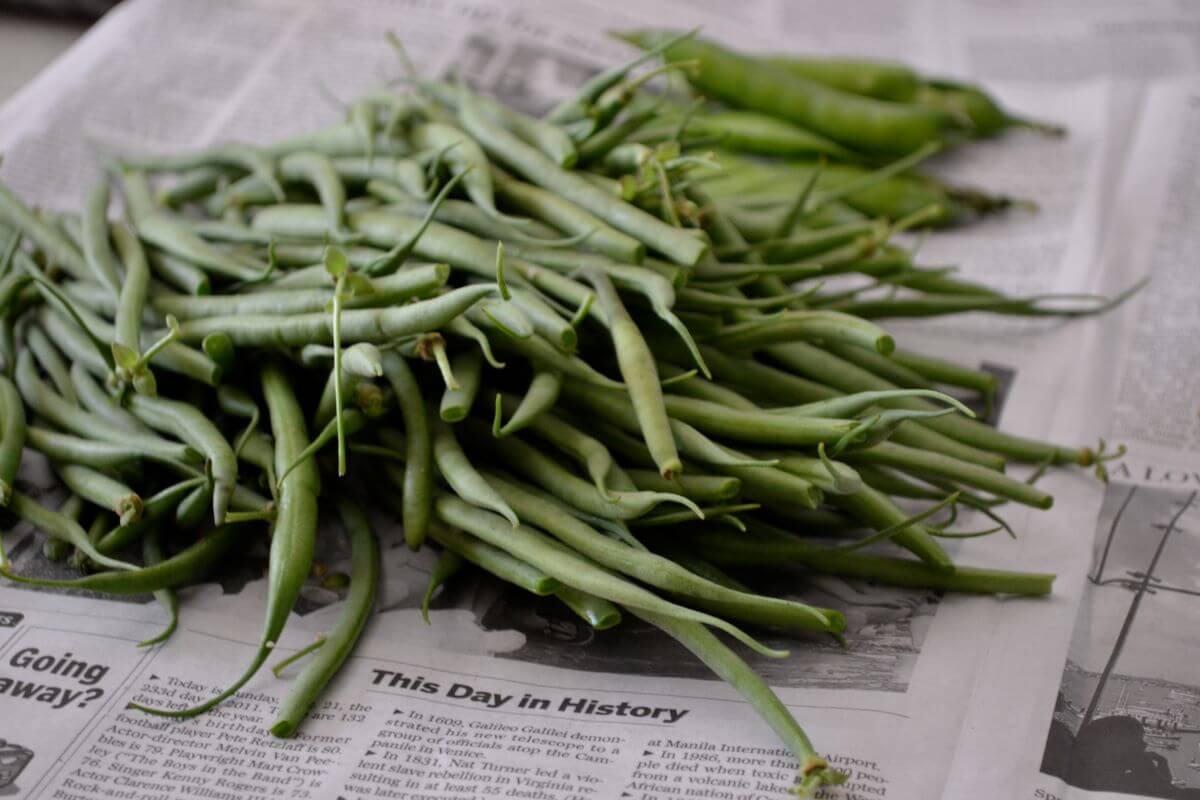
Known as Haricots Verts, French green beans tend to be thinner. Due to their tender texture, less cooking time is needed before you can enjoy these varieties. Apart from the typical green color, French bean pods with violet and yellow are also available.
| Variety | Description | Growth Habit | Days to Maturity | Where to Buy |
|---|---|---|---|---|
| Borsalino | Borsalino is a French variety with unique golden yellow pods. It has high resistance to anthracnose fungal disease, bean mosaic virus, halo blight, and intermediate resistance to bacterial leaf spot. | Bush | 55 to 60 days | Territorial Seed Company |
| Celine | Growing at least 5 inches long, the pods of the Celine variety have a subtle purple color and sweet flavor. The plants from this variety can grow as high as 20 inches, making it ideal for container planting. | Bush | 55 to 60 days | Territorial Seed Company |
| Edison | The white-seeded pods from the Edison variety can grow 5 inches in length at most. | Bush | 60 to 65 days | Territorial Seed Company |
| Masai | Popular in Europe among filet green bean varieties, Masai can grow in zones 3 thru 12 in line with the plant hardiness zone map of the Department of Agriculture (USDA). | Bush | 47 to 55 days | True Leaf Market |
| Maxibel | Enjoy longer pods from the Maxibel variety, reaching 7 inches at best on 22 to 26 inches tall bush plants. | Bush | 55 to 60 days | Territorial Seed Company |
Popular Varieties of Italian Green Beans or Flat Beans
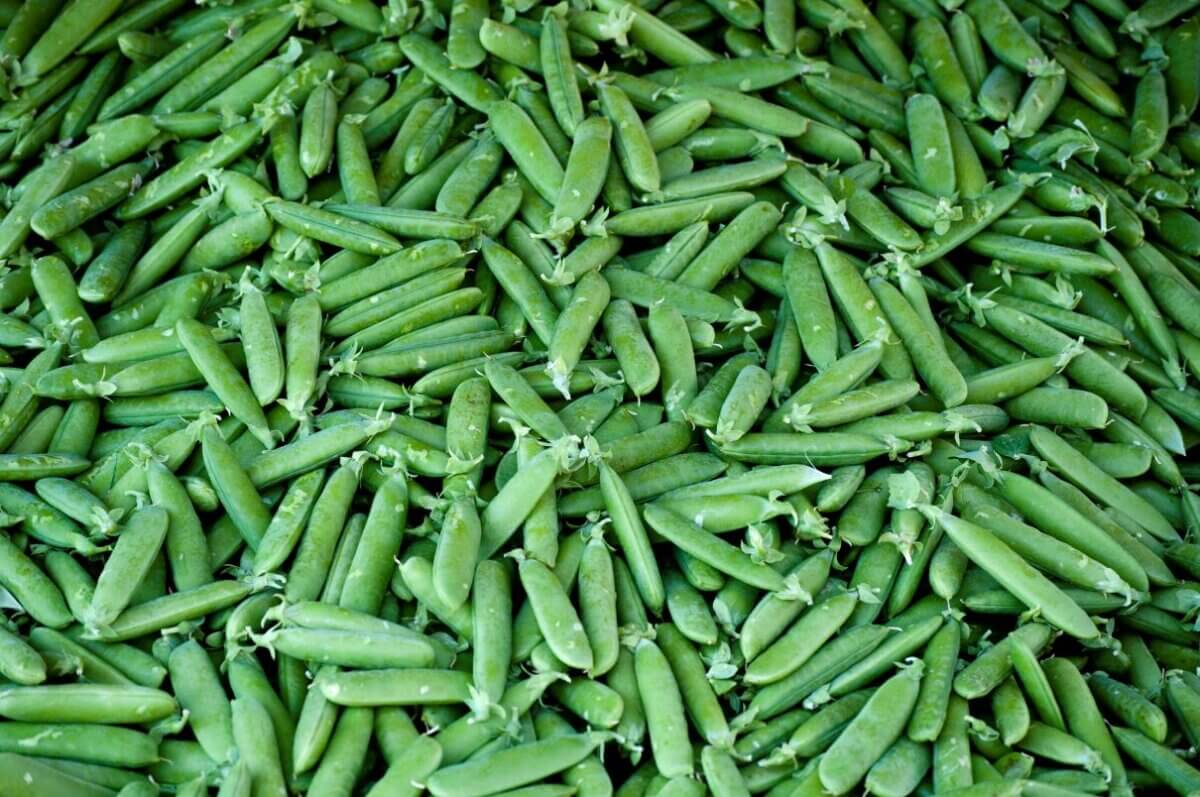
Italian varieties are easier to identify due to their flat, wide pods. They can withstand heat longer and thus, require longer cooking time. If you want to add crunch to your meals, consider Italian green bean varieties — also known as Romano beans.
| Variety | Description | Growth Habit | Days to Maturity | Where to Buy |
|---|---|---|---|---|
| Dragon Tongue | Dragon Tongue has unique molted pods of green and violet shades. You can harvest the produce early as a fresh snap bean or as a shelled bean in full maturity. | Bush | 55 to 60 days | Territorial Seed Company, Rare Seeds |
| Golden Gate | This Romano bean variety grows in a hardy vine structure, making them great for picking. In addition, the pods can grow an inch wide and 10 inches long under favorable conditions. | Pole | 60 to 66 days | Territorial Seed Company |
| Kentucky Wonder | This rust- resistant variety is a heavy producer of stringless bean pods, growing at least 7 to 10 inches long. Other names for Kentucky Wonder include Old Homestead and Texas Pole. | Pole | 70 to 75 days | Territorial Seed Company, True Leaf Market |
| Musica | Considered as one of the finest Romano varieties tested by the Territorial Seed company, Musica yields white-seeded, flat pods in a 6-foot tall, vining plant structure. | Pole | 60 to 67 days | Territorial Seed Company |
| Roma II | Convenient for picking, the Roma II is a bush-type green bean first introduced in 198 by the Rogers Brothers Seed company. Due to their meaty texture and stringless pods, the Roma II is an excellent option for canning. | Bush | 50 to 70 days | True Leaf Market |
Popular Varieties of Asparagus Beans or Yard-Long Beans
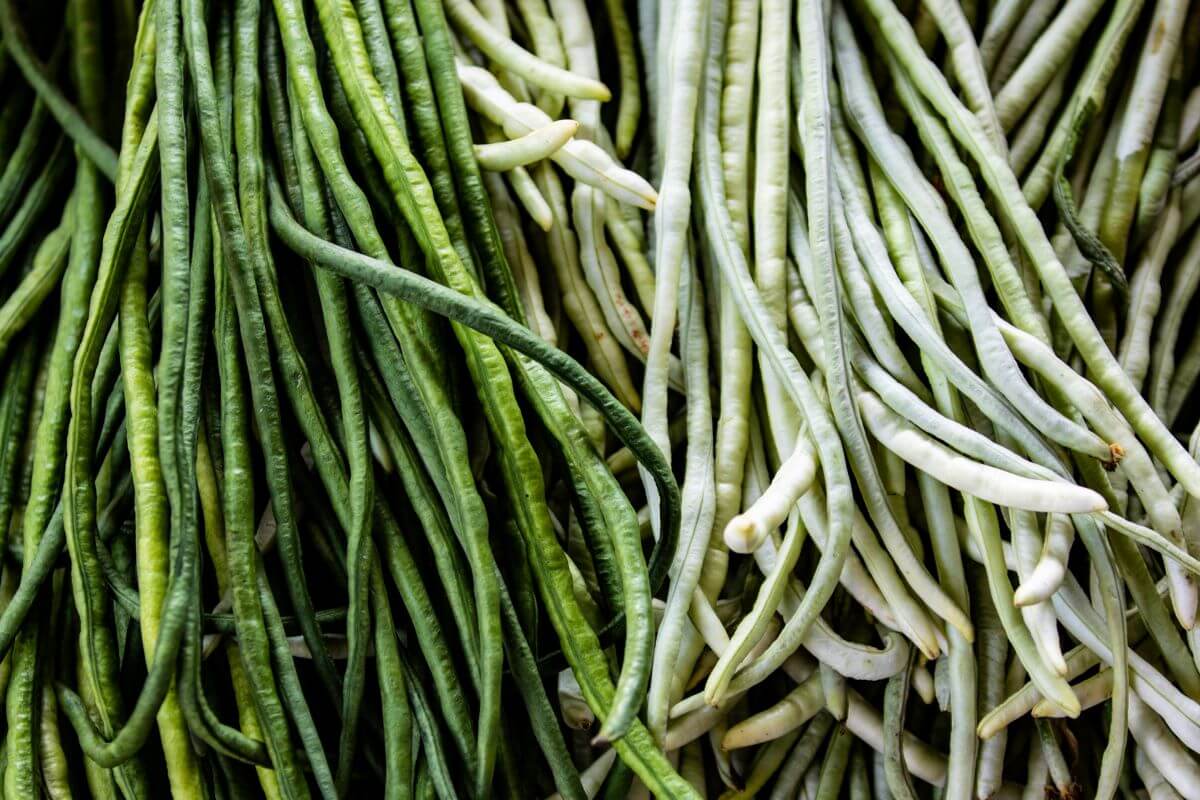
Technically, yard-long beans (Vigna unguiculata subspecies sesquipedalis) are different from the common snap bean, but they are used in the kitchen the same way and often, interchangeably. They have lengthier pods and flavor similar to green beans. Other names for these varieties include Chinese long bean, and snake bean.
| Variety | Description | Growth Habit | Days to Maturity | Where to Buy |
|---|---|---|---|---|
| Mosaic | This yard-long bean variety got its name from a purple and green pod, resembling beautiful patterns of a mosaic. Sweet and crisp, Mosaic is a perfect option for stir-fry. | Pole | 70 to 90 days | True Leaf Market |
| Oriental Yard Long | This extraordinary variety grows pods 1 to 3 feet long, but watch out for spider mites as Oriental Yard Long is susceptible to them. | Pole | 80 to 85 | True Leaf Market |
| Purple Mart Tsu | Cooking the Purple Mart Tsu pods will gradually turn their purple color to black. They make an exciting cooking experience with leaves and stems being part of Chinese and Indian cuisines. | Pole | 75 to 80 days | True Leaf Market |
| Red Noodle | The heat tolerant Red Noodle variety produces stringless long bean pods with light notes of sweetness. | Pole | 50 to 90 days | Territorial Seed Company, True Leaf Market, Rare Seeds |
| White Seeded | White Seeded variety thrives better in warmer climates. Growing at least 24 inches long pods in maturity, this variety can be planted alongside other companion plants for improved pest resistance. | Pole | 65 to 75 days | True Leaf Market |
Popular Varieties of Purple String Beans
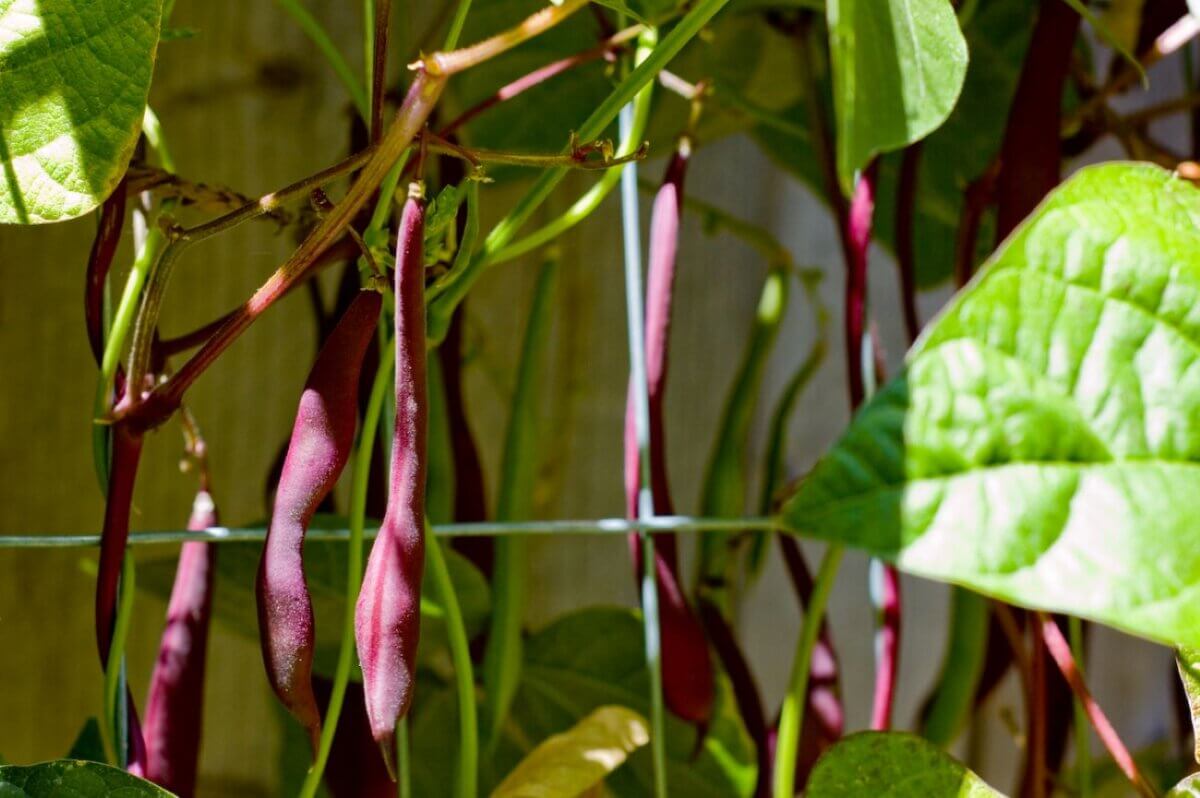
In the grocery store or farmers market, purple string beans are hard to miss. The antioxidant anthocyanins give them their purple color, which slowly fades to green after cooking.
| Variety | Description | Growing Season | Days to Maturity | Where to Buy |
|---|---|---|---|---|
| Carminat | The Carminat boasts high resistance to bean mosaic virus. Pods can grow 8 inches long and are perfect for stir-fry due to their mild flavor. | Pole | 60 to 65 days | Territorial Seed Company |
| Purple Queen Bush | Nothing is what it seems with the Purple Queen Bush. The pods are purple on the outside, but green inside. This variety can be planted in all zones of the United States. | Bush | 50 to 55 days | True Leaf Market |
| Red Swan | Introduced by Rober Lobitz, the Red Swan produces flat, meaty pods. This variety is a hybrid between pinto beans and purple snap beans. | Bush | 50 to 55 days | Rare Seeds |
| Romano Purpiat | This purple variety grows flat, purple, 5-inch pods. These pods will turn green after cooking. | Bush | 55 to 60 days | Territorial Seed Company |
| Royal Burgundy | Royal Burgundy has distinct curve-shaped pods with a violet exterior and green interior. It is resistant to bean beetles, and cold temperatures. | Bush | 50 to 70 days | Eden Brothers, Territorial Seed Company, True Leaf Market |
Popular Varieties of Wax Beans

Wax beans have a light to golden yellow color — depending on the variety — due to the lack of chlorophyll in the pods. You can use them the same way as you would to common green beans.
| Variety | Description | Growing Season | Days to Maturity | Where to Buy |
|---|---|---|---|---|
| Carson | An excellent canning bean, the Carson has resistance to bean mosaic virus and bacterial brown spot. | Bush | 55 to 58 days | Territorial Seed Company |
| Cherokee | Cherokee is a cold tolerant wax bean variety with light yellow pods reaching anywhere between 5 and 6 inches. Expect subtle notes of nuttiness from the Cherokee variety. | Bush | 50 to 58 days | True Leaf Market |
| Dior | No structure is needed when planting the bush-type Dior variety. The plant’s compact and thick foliage helps protect its light yellow pods. This variety has resistance to anthracnose fungal disease, bean mosaic virus, halo blight, | Bush | 60 to 70 days | Territorial Seed Company |
| Gold Rush | If you’re an amateur home gardener, you should consider planting the Gold Rush wax bean variety. Not only is it resistant to bean mosaic virus and curly top beet mosaic virus, it requires minimal care and maintenance. | Bush | 55 to 60 days | Territorial Seed Company, True Leaf Market |
| Top Notch Golden Wax | First introduced in 1871, Top Notch Golden Wax suits both northern and southern climates. This variety is rust resistant. | Wax | 50 to 60 days | True Leaf Market |
FAQ About Types of Green Beans
Which type of bean is more productive?
Pole beans tend to be more productive than bush types due to their size. Some varieties can reach 15 feet in length. Pole beans take a significant amount of time to yield, however, than bush beans.
Among different green bean varieties, which are suitable for canning or preserving?
Insteading contributor Marlene Affeld recommends Blue Lake 274, Contender, Provider, and Tendergreen among bush types in her green bean canning guide. Blue Lake Pole FM1K and Kentucky Wonder are excellent options if you opt for pole bean varieties.


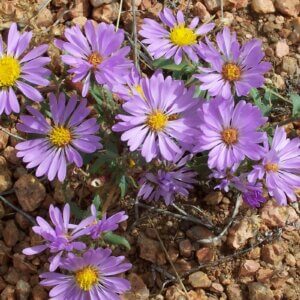
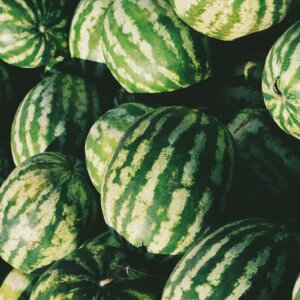
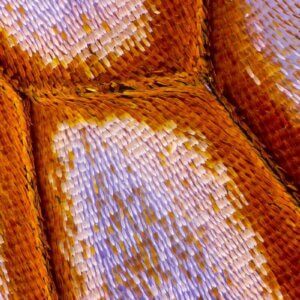
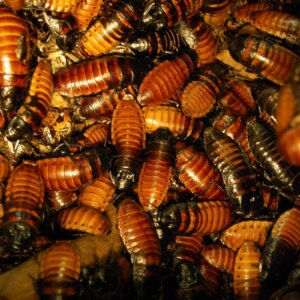
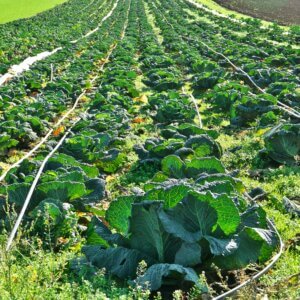

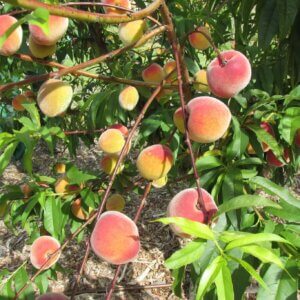

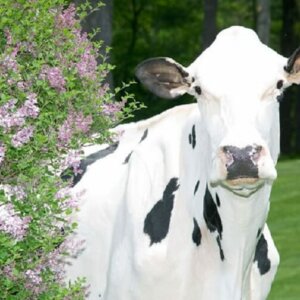
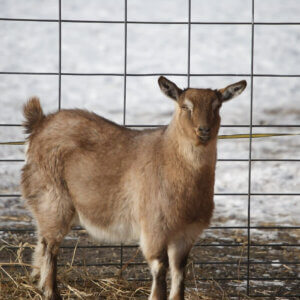
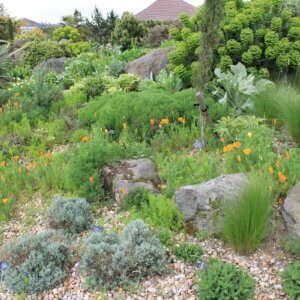


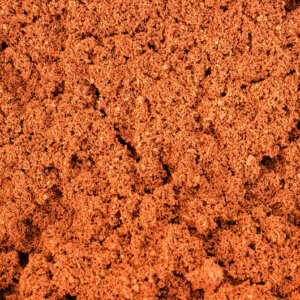
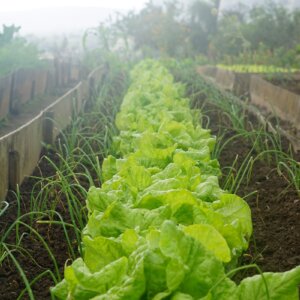
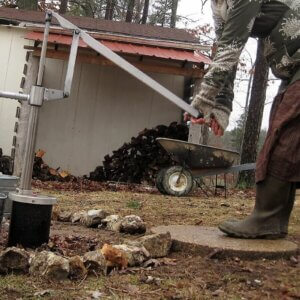


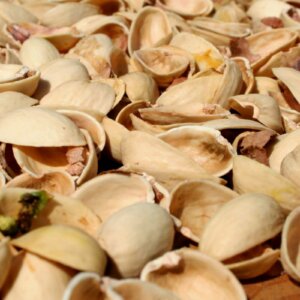



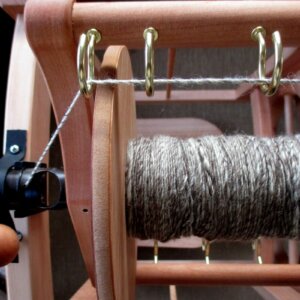
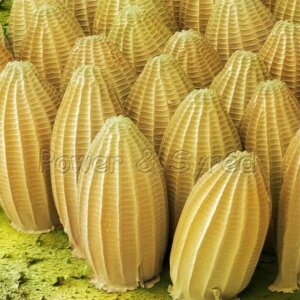
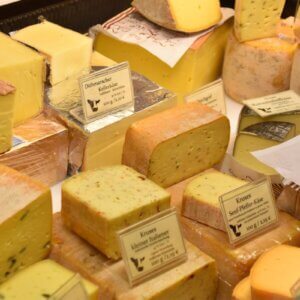
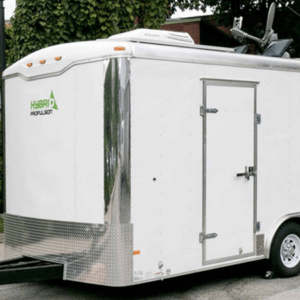
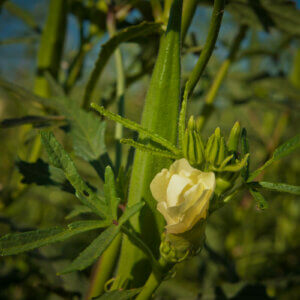



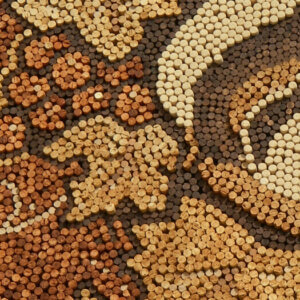

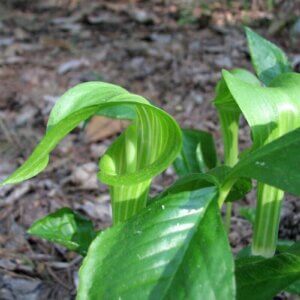
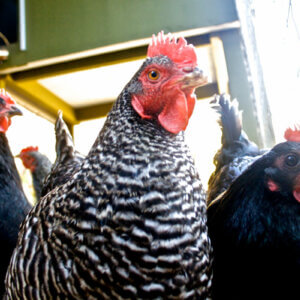




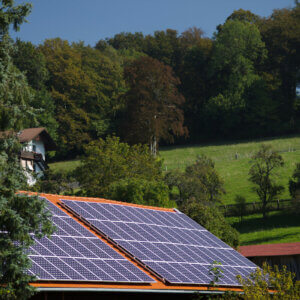
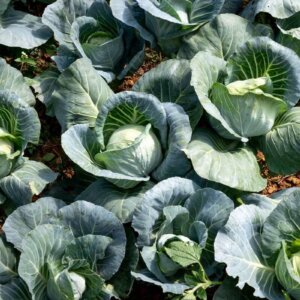
Rattlesnake pole beans cook up exactly like a Kentucky Wonder but have less string. They produce equally well; Kentucky Wonders have a richer flavor.
Heirloom filet beans are wonderful but they are small and not heavy producers. Best beans I ever ate were a tiny variety known in East Tennessee as a Peanut bean. Greasy beans are apparently a type and can be had in some heirloom catalogs.